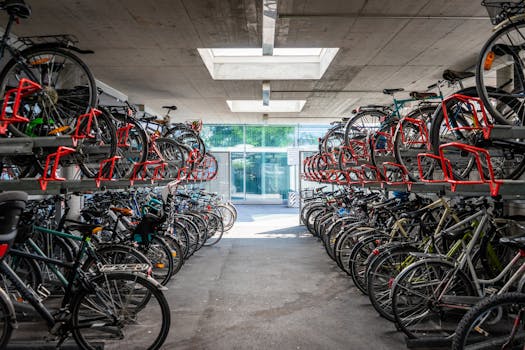Sustainable Cities: How Europe is Shaping Eco-Friendly Lifestyles by 2025
Sustainable Cities, Eco-Friendly Lifestyles are becoming increasingly important in today’s world. As the world grapples with the challenges of climate change, environmental degradation, and social inequality, European cities are taking the lead in shaping eco-friendly lifestyles by 2025. From green architecture to sustainable transportation, European cities are pioneering innovative solutions to create a better future for their citizens.
Introduction to Sustainable Cities

Sustainable cities are urban areas that are designed to minimize their impact on the environment while promoting the well-being of their citizens. These cities are characterized by green spaces, efficient transportation systems, and innovative waste management practices. European cities such as Copenhagen, Stockholm, and Amsterdam are at the forefront of sustainable city development, with a strong focus on reducing carbon emissions and promoting eco-friendly lifestyles.
Green Architecture and Urban Planning
Green architecture and urban planning are key components of sustainable city development. European cities are incorporating green roofs, solar panels, and energy-efficient buildings into their urban landscapes. For example, the city of Copenhagen has implemented a green roof policy, which requires all new buildings to have green roofs. This initiative has not only reduced carbon emissions but also created habitats for local wildlife.
Sustainable Transportation Systems

Sustainable transportation systems are essential for reducing carbon emissions and promoting eco-friendly lifestyles. European cities are investing in electric and hybrid vehicles, as well as promoting cycling and walking. For example, the city of Amsterdam has implemented a bike-sharing system, which encourages citizens to use cycling as a mode of transportation. This initiative has not only reduced carbon emissions but also improved air quality and promoted physical activity.
Waste Management and Recycling

Waste management and recycling are critical components of sustainable city development. European cities are implementing innovative waste management practices, such as recycling programs and composting initiatives. For example, the city of Stockholm has implemented a recycling program, which recycles over 90% of its waste. This initiative has not only reduced waste sent to landfills but also created jobs and stimulated economic growth.
Conclusion

In conclusion, European cities are shaping the future of eco-friendly lifestyles by 2025. From green architecture to sustainable transportation, these cities are pioneering innovative solutions to create a better future for their citizens. As the world grapples with the challenges of climate change, environmental degradation, and social inequality, European cities are leading the way in sustainable city development. By adopting eco-friendly lifestyles and promoting sustainable practices, we can create a better future for ourselves and for generations to come.





